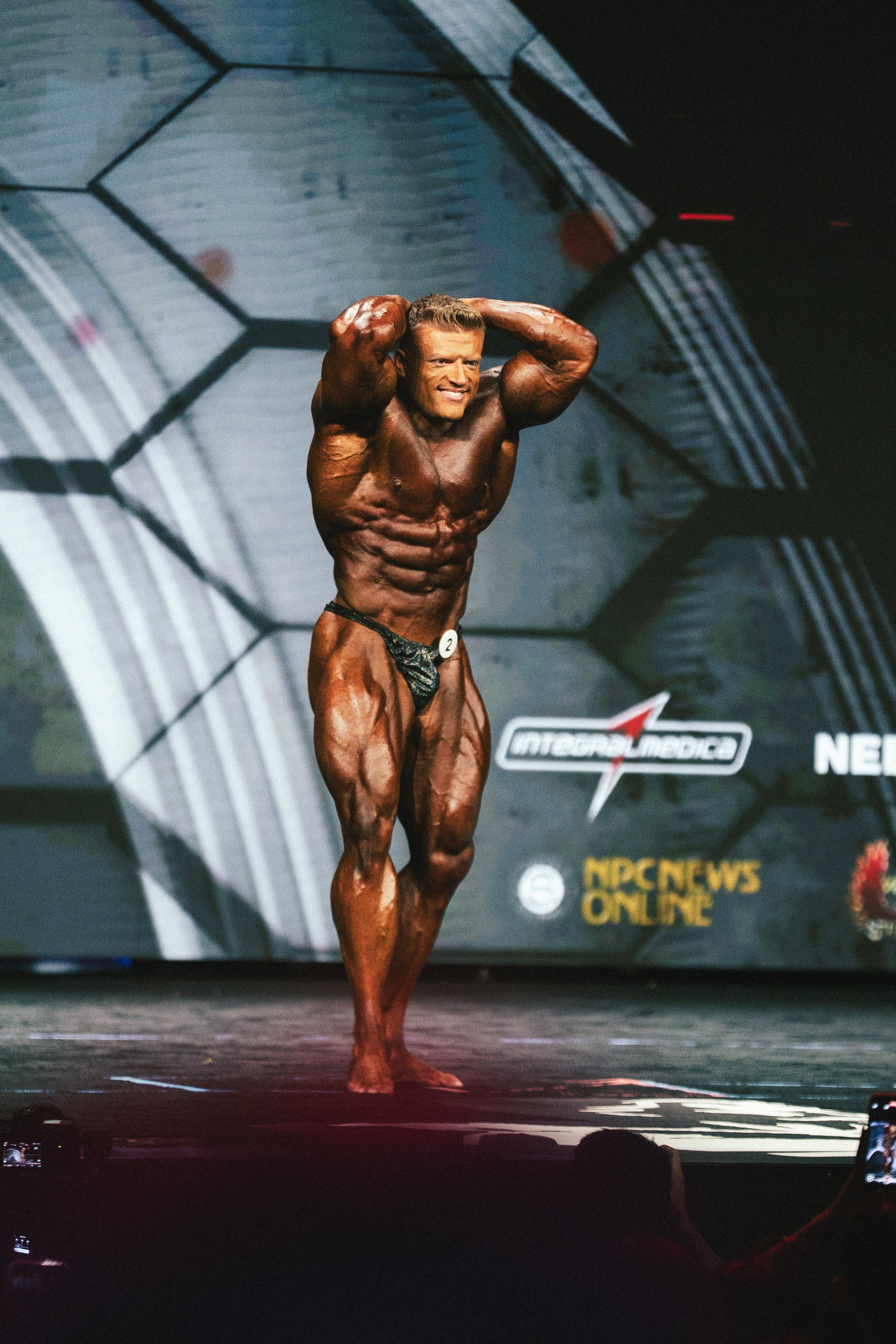Tags: Nutrition, Health
The Key to Building Muscles
Protein biosynthesis is a central biological process that plays a crucial role in muscle building and recovery. It is particularly crucial for training progress in bodybuilding and strength training.
What is Protein Biosynthesis?
Protein biosynthesis refers to the process by which the body builds proteins from amino acids. These proteins are essential for numerous bodily structures and functions—including muscle tissue, enzymes, and hormones. In muscle-building nutrition, they form the basis for sustainable growth.
The Role of Protein Biosynthesis in Bodybuilding
In the context of bodybuilding and strength training exercises, protein synthesis serves the targeted development of muscle mass. Muscle growth occurs when muscles are microstructurally "damaged" by intensive training. The body repairs this damage by synthesizing new proteins .
The balance between protein synthesis and protein breakdown determines whether muscles grow. Excess protein synthesis is promoted by a calorie surplus, a high-protein diet, and intense strength training.
Optimization of Protein Biosynthesis
Training
- Progressive overload
- Intensity and volume
- Adequate regeneration
Nutrition
- Protein intake
- Leucin
- Timing of intake before and after training
Conclusion
Effective muscle development through targeted control of protein biosynthesis
Protein synthesis is the central process when it comes to muscle building, competition preparation, and long-term progress in bodybuilding. This process can be specifically supported through the right combination of training, nutrition, recovery, and, if necessary, the use of bodybuilding supplements such as creatine. Studies demonstrate both the effectiveness and safety of these strategies – provided they are implemented responsibly.
For ambitious athletes like Urs Kalecinski, an understanding of protein biosynthesis is crucial. Whether in the NPC or IFBB , Mr. Olympia, or the next local competition: anyone who wants to achieve long-term success cannot ignore this topic.
Sources
- Schoenfeld, B.J. (2010). The mechanisms of muscle hypertrophy and their application to resistance training.
- Phillips, S. M. (2014). A brief review of critical processes in exercise-induced muscular hypertrophy.
- Wernbom, M., Augustsson, J., & Thomeé, R. (2007). The influence of frequency, intensity, volume and mode of strength training on whole muscle cross-sectional area.
- Dankel, S.J., et al. (2017). Progressive overload: fact or fiction?
- Knoblauch, M.A., & Northoff, H. (2018). Recovery and adaptations to resistance training.
- Morton, R.W., et al. (2018). A systematic review, meta-analysis and meta-regression of the effect of protein supplementation on resistance training-induced gains in muscle mass and strength.
- Layman, D.K. (2003). The role of leucine in weight loss diets and glucose homeostasis.
- Schoenfeld, BJ, & Aragon, AA (2018). Timing of protein intake and its effects on muscle hypertrophy and strength.
- Kreider, R.B., et al. (2017). International society of sports nutrition position stand: Safety and efficacy of creatine supplementation in exercise, sport, and medicine.
- Branch, J.D. (2003). Effect of creatine supplementation on body composition and performance.
- Rae, C., et al. (2003). Oral creatine monohydrate supplementation improves brain performance: a double-blind, placebo-controlled, cross-over trial.
- Jaeger, R., et al. (2011). International society of sports nutrition position stand: creatine supplementation and exercise.
- Jagim, AR, et al. (2012). The safety and efficacy of creatine supplementation in athletes.


